Origin and backstory
Ašu was once the mother tongue of Aškari ancestors (Ašu) hundreds of years back, when they lived in a green fertile land between two rivers. As the land remained virtually the same throughout many generations, the language was built around whatever was available.
Heritage
While the language is not spoken on a daily basis, it did survive in some ritual texts and stories in written and spoken form.
King Sturgeon and the Farmers
One of the best preserved and the most often retold stories from the ancient days is the King Sturgeon and the Farmers. The text tells a story of a greedy king who summoned the farmers to satisfy his cravings. The story was written on several clay tablets, some of them badly damaged and indecipherable.

Ǔrùndě baděša' dē šūgamū (King Sturgeon and the Farmers) story. Tablet 1 by Angantyr
Ǔrùndě sū.
Ǔrùndě baděša' dē šūgamū lūndě.
Ǔrùndě ba: Ǔrùndě sū. Dē šūgamū dū šūgamū.
Ūḍḍě šūgamū dū šūš. Ǔrùndě ūbžūš.
Ǔrùndě ba: Ǔrùndě sū.
Ḍǎdě šūgamū dū šūšné. Ǔrùndě ūbné.
Ǔrùndě ba: Ǔrùndě sū.
Médě šūgamū ba: Ǔrùndě nū. Médě áddá.
Ǔrùndě fūba: Médě dū šūgamū dū médědǔ.
Médě šūgamū ba: Ǔrùndě nū gédě. Médě áddá.
Ǔrùndě fūfba: Médě dū ...
King Sturgeon is hungry.
He summons the farmers to king's house.
The king says: "I'm hungry. The farmers shall give me food."
The first farmer gives the grain. King Sturgeon eats it and says: "I'm hungry."
The second farmer brings beer. King Sturgeon drinks it and says: "I'm hungry."
The third farmer says: "The king is fat. I will give nothing."
King Sturgeon replies angry: "You are to give me food and your wife!"
The third farmer says: "The king is a fat and rotten man. I will give nothing."
King Sturgeon replies furious: You are to give eve...the tablet is broken here
The slow death
At one point the rivers began to dry and the climate of the central region changed accordingly, shrinking to a narrow strip of land in the vicinity of the river banks. The Land of two rivers could not accomodate the current population and the majority of Ašu were forced to migrate. As the tribe moved away from their mother land, new words appeared and replaced the older. The original signs and speech became more of a tradition and history than means of everyday communication.
The biggest change however came with the arrival to the land the Aškari (the descendants of Ašu) live until this very day. Many exotic plants and animals were found, which enduced visions and emergance of abstract forms. The language began to rapidly change and adapt to make the new concepts, their naming and usage easily available. Syllables have been discarded and alphabet took their place. Symbols were replaced with roots, which now represented the very concept, e.g. eye, see, color would be built from sight.
Such the Ašu died, or as Aškari say, gave birth to the culture they know today.
Characteristic features
General
Ašu was developed in a settled culture, pretty much isolated from other tribes, and hence it did not evolve over the years. Its most characteristic feature was the use of material object-based symbols exclusively. Abstract concepts were not covered and all emotions were thought to come directly from a place within the body. Immaterial objects, such as optical, sound halucinations were denoted by a darkened symbol, e.g. ear - hear/heard, black ear - sound halucination/unknown sound.
More than that, the warm and humid climate of the surrounding rivers made it possible to maintain virtually the same set of plant and animal species throughout the generations. It was then obvious that the symbol of the Suru flower would mean "red, dark forest, near tree", i.e. all features connected with that single plant.
Writing system
Ašu writing is based on pictographs, each carrying a set of properties, conneted to it, e.g. the fruit of a lemon tree will be used to denote:
- the fruit itself,
- color of the rind,
- the sour taste of the flesh
- the place these trees grow (many plants or animals were specific for a certain area)
Two types of symbols are used: simple and compound. While a single compound symbol cannot be constructed from more than three simple symbols in most cases the meaning can be conveyed by changing the order of the symbols of the compound or by using several compound signs. In all cases the script must abide to the following rules:
- Symbols: Use only material objects
- Compound signs: Use at most 3 signs to form a compound sign
- Simple over compound: Use simple signs when possible, e.g. Kipur tree instead of a sign compound high+needle+plant
- Direction: Write from east to west, i.e. left to right
Reading
Symbols
There but two rules that govern the reading of symbols:
- Simple is single - simple logographs are always assigned a single syllable
- Top to bottom, left to right - compound logographs' reading is constructed from the simple logographs read top to bottom and left to right
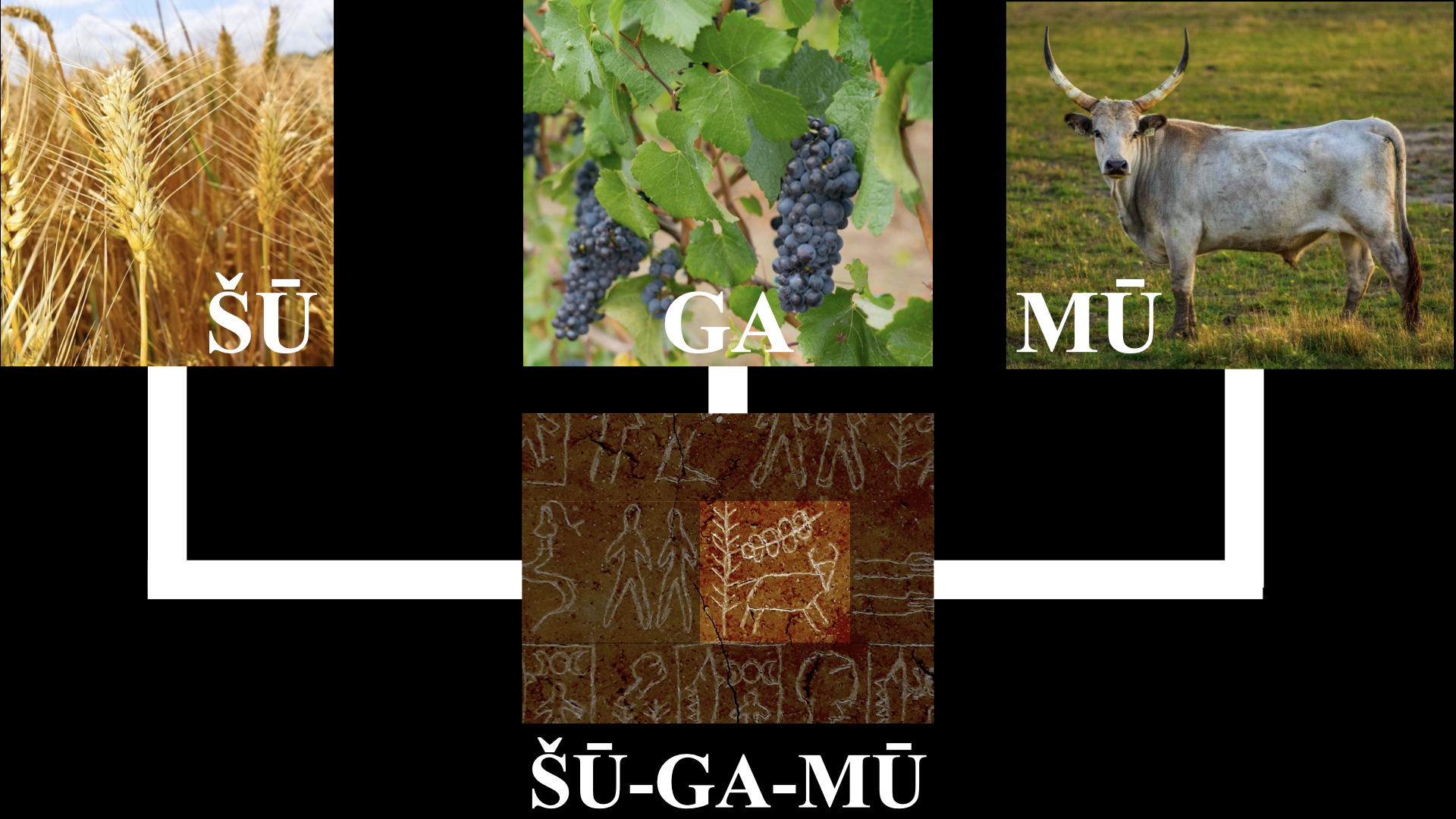
Food logograph decomposed into simple logographs by Angantyr
For example, a compound symbol for
food (
šū-ga-mū) consists of three simple logographs: wheat (grain), fruit (grapes) and ox (meat).
Tones
A thing worth remembering when dealing with
Ašu is tonality, i.e. each vowel can have 7 variants:
- a' - very short and abrupt, as a in atom
- a - short a, as u in fun
- ā - long a, as a in start
- à - falling a, as uh in huh but pronounced with disappointment
- ǎ - drop and rise a, as uh in huh, but pronounced with curiosity (hù-úh)
- á - rising a, as uh in huh?
- â - rise and drop a






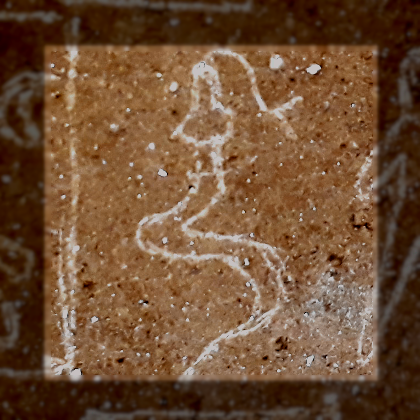

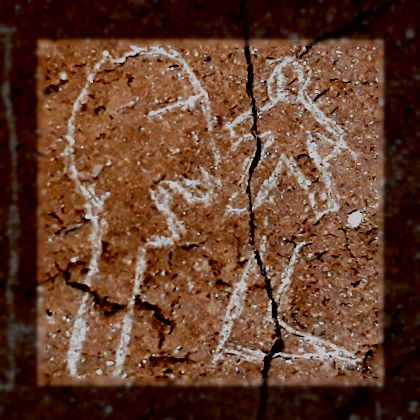
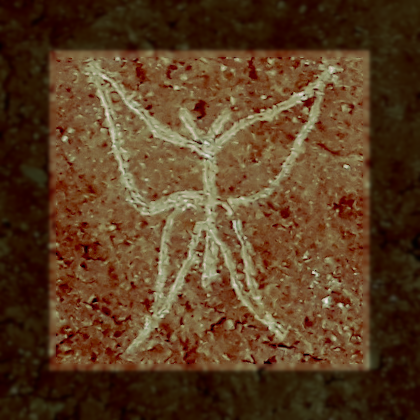
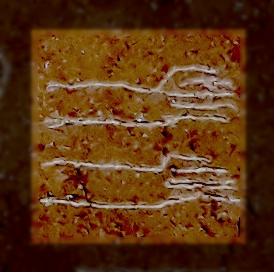

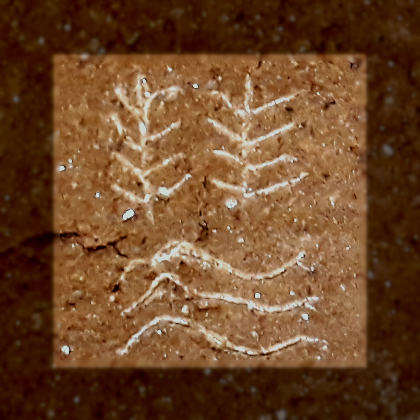




This was a great article to read! Reminds me of my classes on dead languages, and it makes me want to learn more. I love that you made clay tablets, they look amazing! And the King Sturgeon tale reads really well too.
Thanks! ^^ I did have fun preparing them and making the story and the script made me aware of the limitations of this type of information storage system. Classes on dead languages sound great. @__@